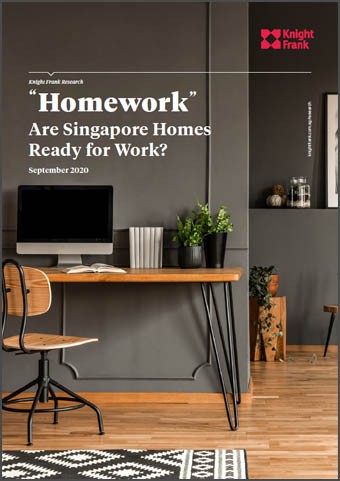
The terms "WFH" or working-from-home has become the norm for the average office worker in 2020. The COVID-19 outbreak made its way into Singapore, escalating from isolated cases into community spread, and the government imposed the circuit breaker measures from 7 April to 1 June 2020 to stem the pace of infections. Together with travel restrictions imposed all over the world by different countries, workflows and existing projects were severely disrupted, and many businesses moved from the pre-COVID-19 normal to a need to constantly and urgently adapt with the evolving situation almost on a
weekly basis, all compressed into the first six months of 2020.
In this paper, Knight Frank will highlight some of the key factors that acutely affect the home, when working from home. The COVID-19 outbreak has forced WFH in a time when technology has matured to a stage that not only is remote-working possible, but can also prove to be viable and practical in a post-COVID-19 environment should the working culture in Singapore acclimatise to the paradigm shift that has been inadvertently forced onto employees. With this in view, homes can be improved to integrate certain elements of the office. And it is in this arena that homeowners, whether owner-occupiers or landlords, as well as real estate developers can consider some of the points presented in the following sections.






